Your Dog dislocated hip symptoms images are ready in this website. Dog dislocated hip symptoms are a topic that is being searched for and liked by netizens now. You can Download the Dog dislocated hip symptoms files here. Find and Download all free photos.
If you’re looking for dog dislocated hip symptoms images information related to the dog dislocated hip symptoms topic, you have pay a visit to the ideal site. Our website frequently gives you hints for downloading the highest quality video and picture content, please kindly surf and locate more enlightening video articles and images that match your interests.
Dog Dislocated Hip Symptoms. Dogs typically cannot bear weight on their back leg often limping and carrying it so it will not touch the ground. Sudden hip dislocation or luxation in dogs generally results from trauma. As well as hip pain a person may experience. The diagnosis in this case is made with x-rays after an initial examination.
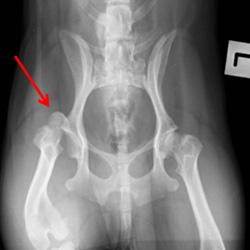 Hip Dislocation In Dogs And Catsthe Veterinary Expert Pet Health From theveterinaryexpert.com
Hip Dislocation In Dogs And Catsthe Veterinary Expert Pet Health From theveterinaryexpert.com
The affected leg may appear shorter than the others. Its difficult for cats and dogs with dislocated hips to carry the weight on the affected leg so it may appear shorter than the others and your pet will likely be limping. Refusal to bear weight. Others develop it in conjunction with osteoarthritis as they age. Decreased activity Decreased range of motion Difficulty or reluctance rising jumping running or climbing stairs Lameness in the hind end Swaying bunny hopping gait. Symptoms of dislocated kneecap.
It influences the use of their legs and how they carry their bodies.
Symptoms of a Dislocated Hip in Dogs Dislocated hips in dogs are extremely painful. Look for key signs such as. Most dogs will usually develop the problem at an early age of between 4 and 9 months. A sudden onset limp Sudden onset lameness Reluctance to walk or jump onto furniture. Some additional symptoms include difficulty sleeping on your hip abnormal warmth around the area limping and groin pain. Hip luxation is a serious condition amongst dogs in which their hip has dislocated as a result of intense physical trauma.
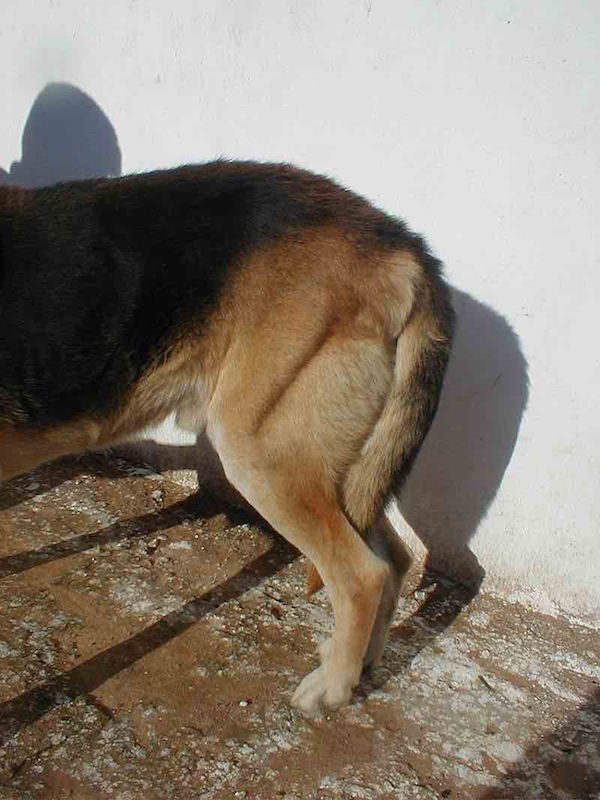 Source: dogheirs.com
Source: dogheirs.com
Symptoms of Hip Dislocation in Dogs. Standing up with an inward or outward rotated leg. Tucking of the leg. Refusal to bear weight. How can you tell if your dog has a hip injury.
 Source: theveterinaryexpert.com
Source: theveterinaryexpert.com
Some dogs begin to show signs of hip dysplasia when they are as young as 8 weeks of age. As well as hip pain a person may experience. What are the signs of a dislocated hip in a dog. Look for key signs such as. If a dog dislocated his hip you may be able to tell by observing his leg.
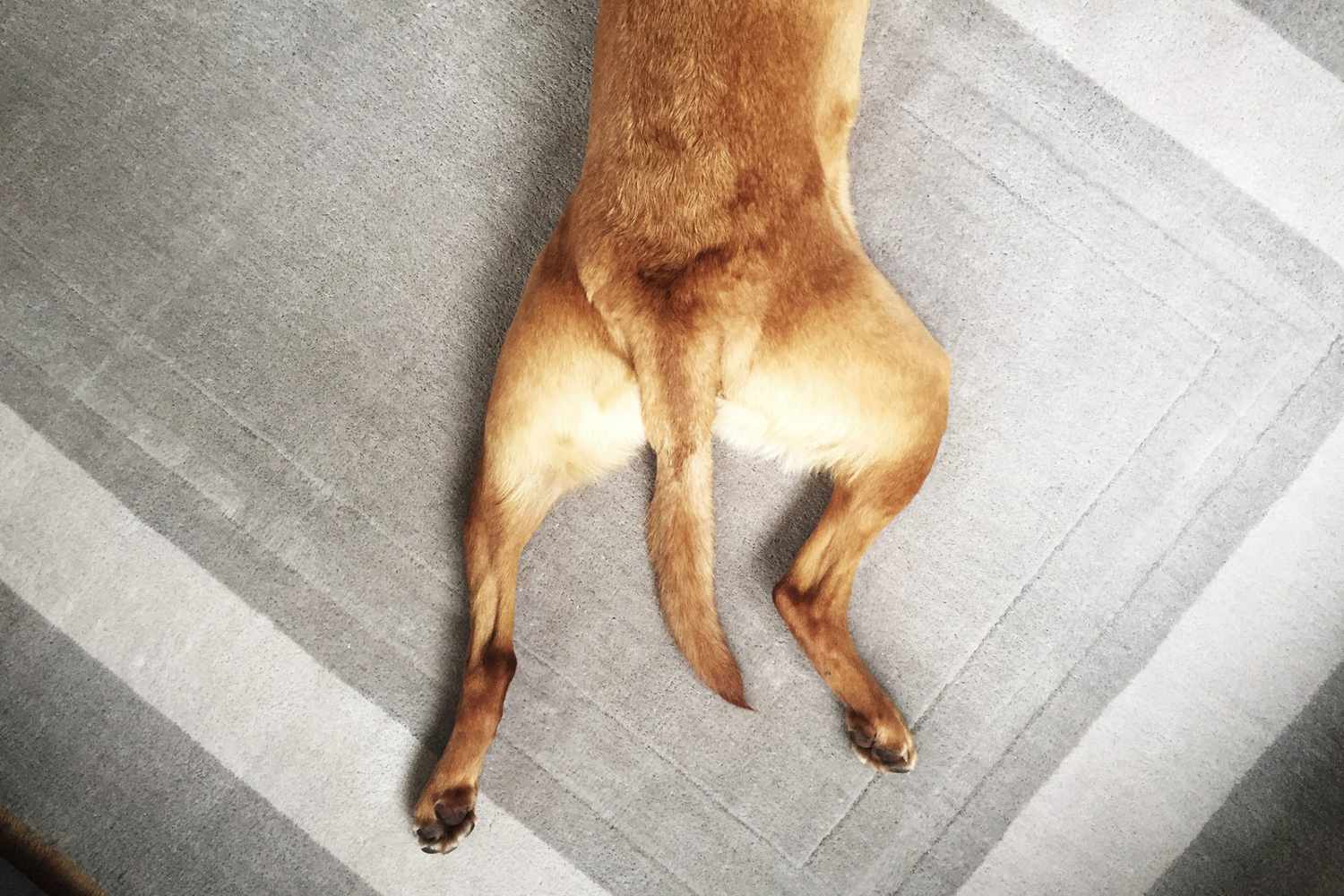 Source: dailypaws.com
Source: dailypaws.com
The affected leg may appear shorter than the others. Your dog will favor the affected limb and not put weight on it. Standing up with an inward or outward rotated leg. Tucking of the leg. The exam gave us clues that the pain was caused by a dislocation.
 Source: 99onlinesales.com
Source: 99onlinesales.com
The dog is always lying in. What is the ICD-9 code for. Tucking of the leg. Appearance of the hanging paw effect. Some dogs begin to show signs of hip dysplasia when they are as young as 8 weeks of age.
 Source: chasingtails.store
Source: chasingtails.store
How can you tell if your dog has a hip injury. There is a cracking noise at the joint. Symptoms Hip dislocations are very painful when they occur. Others develop it in conjunction with osteoarthritis as they age. Look for key signs such as.
 Source: sainikschoolrewa.ac.in
Source: sainikschoolrewa.ac.in
Look for key signs such as. Some additional symptoms include difficulty sleeping on your hip abnormal warmth around the area limping and groin pain. Hip luxation is a serious condition amongst dogs in which their hip has dislocated as a result of intense physical trauma. Hip Dislocation Symptoms Hip dislocation is extremely painful to affected dogs. Dogs that have a.
 Source: vetdojo.com
Source: vetdojo.com
There is a shortening of the affected limb. Symptoms Usually much like strains patients with dislocated hips are in severe pain. Often looks abnormal and is generally swollen and painful to the touch. Decreased activity Decreased range of motion Difficulty or reluctance rising jumping running or climbing stairs Lameness in the hind end Swaying bunny hopping gait. What is the ICD-9 code for.

Feline acrobatics of jumping running quickly around corners and flying through the air to pounce on items can cause a sprained leg. Look for key signs such as. If theres nerve damage you may experience loss of feeling in your ankle or foot. There is a shortening of the affected limb. A lameness or abnormal function of the limb.
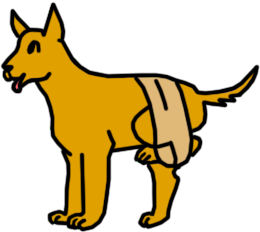 Source: sainikschoolrewa.ac.in
Source: sainikschoolrewa.ac.in
Symptoms of dislocated kneecap. Appearance of the hanging paw effect. When we gently extended the rear legs depending on the type of. He will appear stiff or sore especially when rising after sleeping for a few hours. Most dogs will usually develop the problem at an early age of between 4 and 9 months.
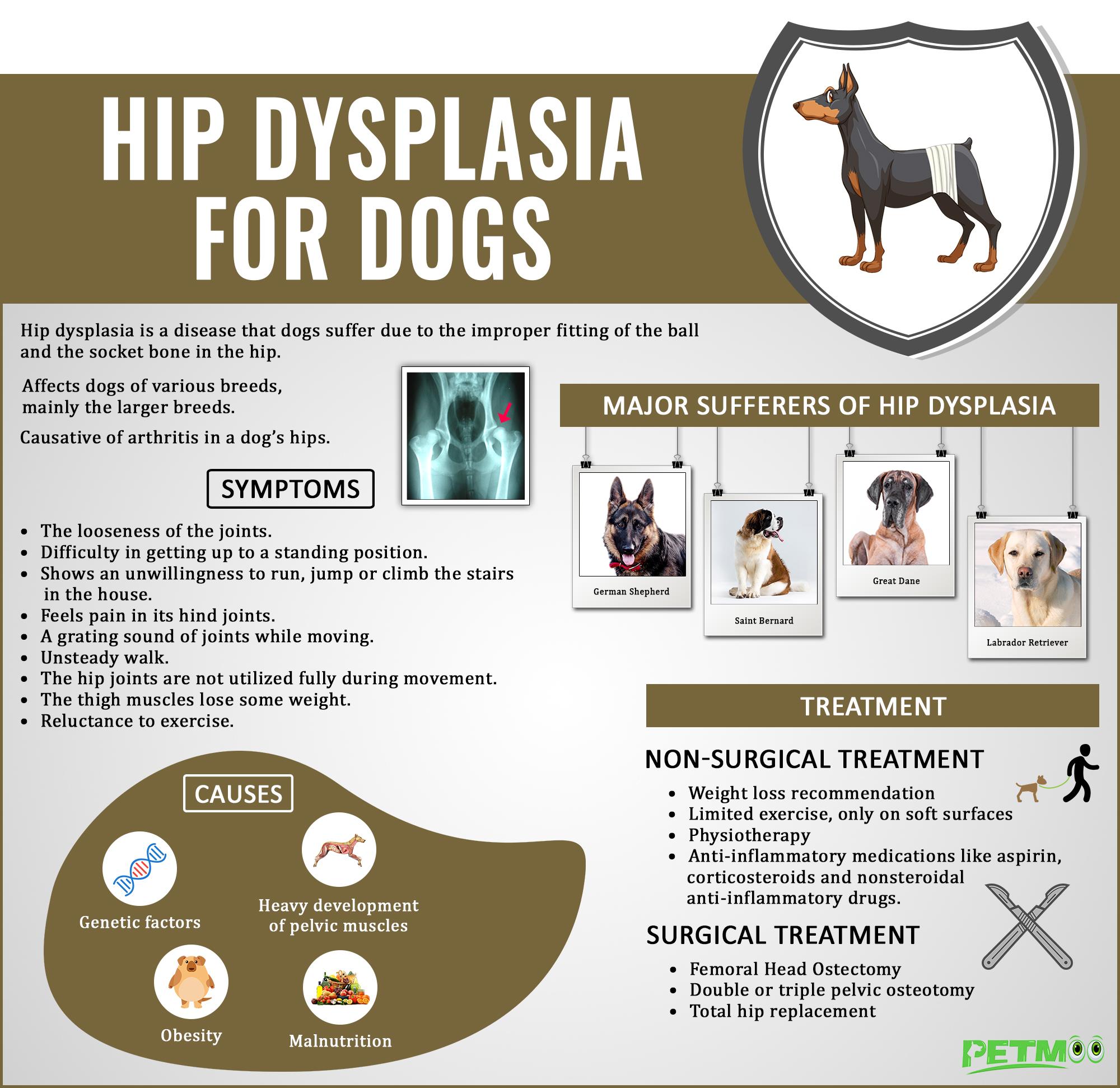 Source: sainikschoolrewa.ac.in
Source: sainikschoolrewa.ac.in
Symptoms Usually much like strains patients with dislocated hips are in severe pain. Hip luxation is a serious condition amongst dogs in which their hip has dislocated as a result of intense physical trauma. A lameness or abnormal function of the limb. Also theyre unable to move their legs. Hip dislocation is extremely painful to affected dogs.
 Source: northeastanimalhospital.com
Source: northeastanimalhospital.com
Common symptoms of a problematic hip joint include stiffness pain limping difficulties in getting up or climbing stairs developing a wobbly gait and loss of interest in physical activities the dog used to enjoy. As well as hip pain a person may experience. Dogs typically cannot bear weight on their back leg often limping and carrying it so it will not touch the ground. Sudden hip dislocation or luxation in dogs generally results from trauma. This causes inflammation pain and stress and can weaken both the joint and the surrounding tissue.
 Source: petmd.com
Source: petmd.com
If a dog dislocated his hip you may be able to tell by observing his legLook for key signs such as. On occasion a dog or cat will dislocate its hip. Look for key signs such as. The diagnosis in this case is made with x-rays after an initial examination. What is the ICD-9 code for.
 Source: youtube.com
Source: youtube.com
These symptoms may vary depending on the severity of the disease the level of inflammation the degree of looseness in the joint and how long the dog has suffered from hip dysplasia. Some additional symptoms include difficulty sleeping on your hip abnormal warmth around the area limping and groin pain. Patients may also experience loss of feeling in the foot or ankle area if there is nerve damage. Patients who experience a dislocated hip are often in severe pain and unable to move their leg. Sudden hip dislocation or luxation in dogs generally results from trauma.
 Source: sainikschoolrewa.ac.in
Source: sainikschoolrewa.ac.in
Symptoms of Hip Dislocation in DogsYour dog will favor the affected limb and not put weight on itThere is a cracking noise at the jointThere is a shortening of the affected limbYour pet will appear lethargic and will be reluctant to move or climb stairsHe will appear stiff or sore especially when rising after sleeping for a few hours. A sudden onset limp Sudden onset lameness Reluctance to walk or jump onto furniture. Symptoms of hip joint problems in dogs. Tucking of the leg. Symptoms Hip dislocations are very painful when they occur.
 Source: youtube.com
Source: youtube.com
Diagnosing hip dislocation in pets. Look for key signs such as. A dislocated hip in dogs is a painful injury that affects their ability to move and keep their balance. Symptoms of dislocated kneecap. Difficulty getting up and down from a lying position.
This site is an open community for users to do sharing their favorite wallpapers on the internet, all images or pictures in this website are for personal wallpaper use only, it is stricly prohibited to use this wallpaper for commercial purposes, if you are the author and find this image is shared without your permission, please kindly raise a DMCA report to Us.
If you find this site helpful, please support us by sharing this posts to your own social media accounts like Facebook, Instagram and so on or you can also bookmark this blog page with the title dog dislocated hip symptoms by using Ctrl + D for devices a laptop with a Windows operating system or Command + D for laptops with an Apple operating system. If you use a smartphone, you can also use the drawer menu of the browser you are using. Whether it’s a Windows, Mac, iOS or Android operating system, you will still be able to bookmark this website.






